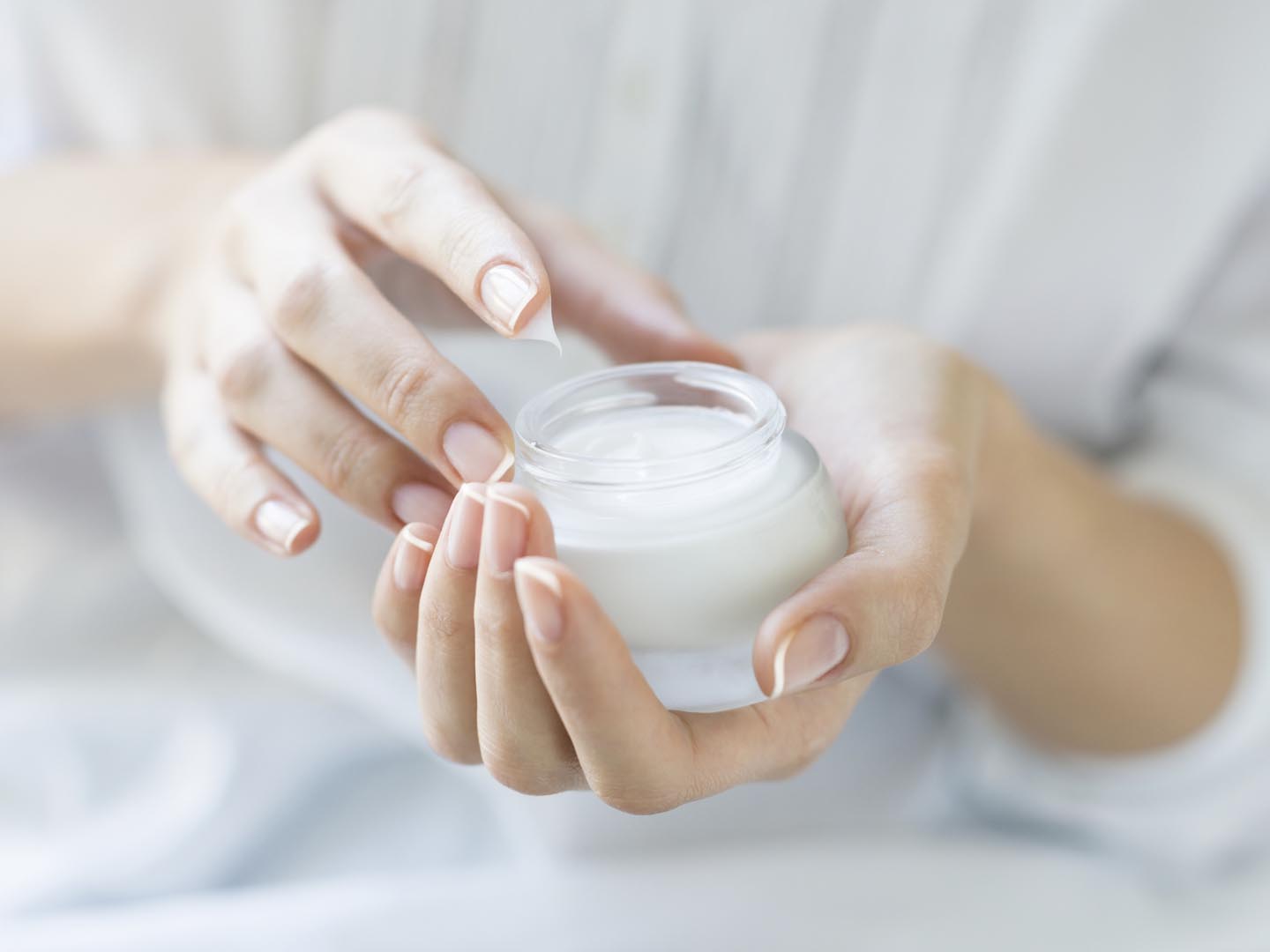B12 Cream for Eczema?
I read that topical B12 cream has great potential in treating eczema by helping new skin grow. What information do you have on this and where can one buy it?
Andrew Weil, M.D. | June 2, 2009

Eczema, also known as atopic dermatitis, is an allergic skin condition, characterized by red, scaly, dry patches that are extremely itchy. The disorder is especially common in young adults, children, and infants. Eczema tends to come and go and often accompanies other allergic conditions such as asthma. Dermatologists usually treat it with topical steroids, but I believe these drugs only suppress the problem and may worsen it over time. Steroids can also negatively impact immunity.
A vitamin B12 cream tested in a small study in Germany proved effective in reducing the extent and severity of eczema. Only 49 patients participated. They each used the B12 cream on one side of the body and a placebo on the other but didn’t know which was which. The research team and patients concluded after eight weeks that the B12 cream was “good” or “very good,” at improving the symptoms, while the placebo was rated as “moderate” or “poor” in 87 percent to 89 percent of all cases. I haven’t seen results from any other studies. To my knowledge only one other investigation was contemplated, in children, but I’ve seen no published findings.
I have no firsthand experience with vitamin B12 cream to treat eczema. However, my approach, described below, has worked well for many of my patients:
- Eliminate cows’ milk and all cows’ milk products from your diet, as well as foods that contain partially hydrogenated vegetable oils (often found in snack foods and baked goods) and trans-fatty acids (margarine, vegetable shortening).
- Take 500 milligrams of black currant oil or evening primrose oil twice a day (half that dose for children younger than 12). These are sources of gamma-linolenic aid (GLA), an essential omega-6 fatty acid that promotes healthy growth of skin, hair and nails. You should begin to notice positive changes in six to eight weeks.
- Apply aloe vera gel (from a fresh plant or buy lotions or moisturizers containing aloe) or calendula cream to the affected areas of your arm.
- Experiment with lotions and salves containing chaparral (Larrea divaricata), a desert plant used topically in Mexican folk medicine for skin conditions.
- Visualization and hypnotherapy can have a significant positive impact on allergy-related skin conditions. And try to relax – stress can make the condition worse. Explore relaxation techniques such as breathing exercises and yoga.
In addition, be sure to bathe or shower as quickly as possible, and use a non-perfumed moisturizing soap. Apply a thick moisturizing cream immediately after patting yourself dry – don’t rub your skin when you towel dry your body.
Andrew Weil, M.D.









